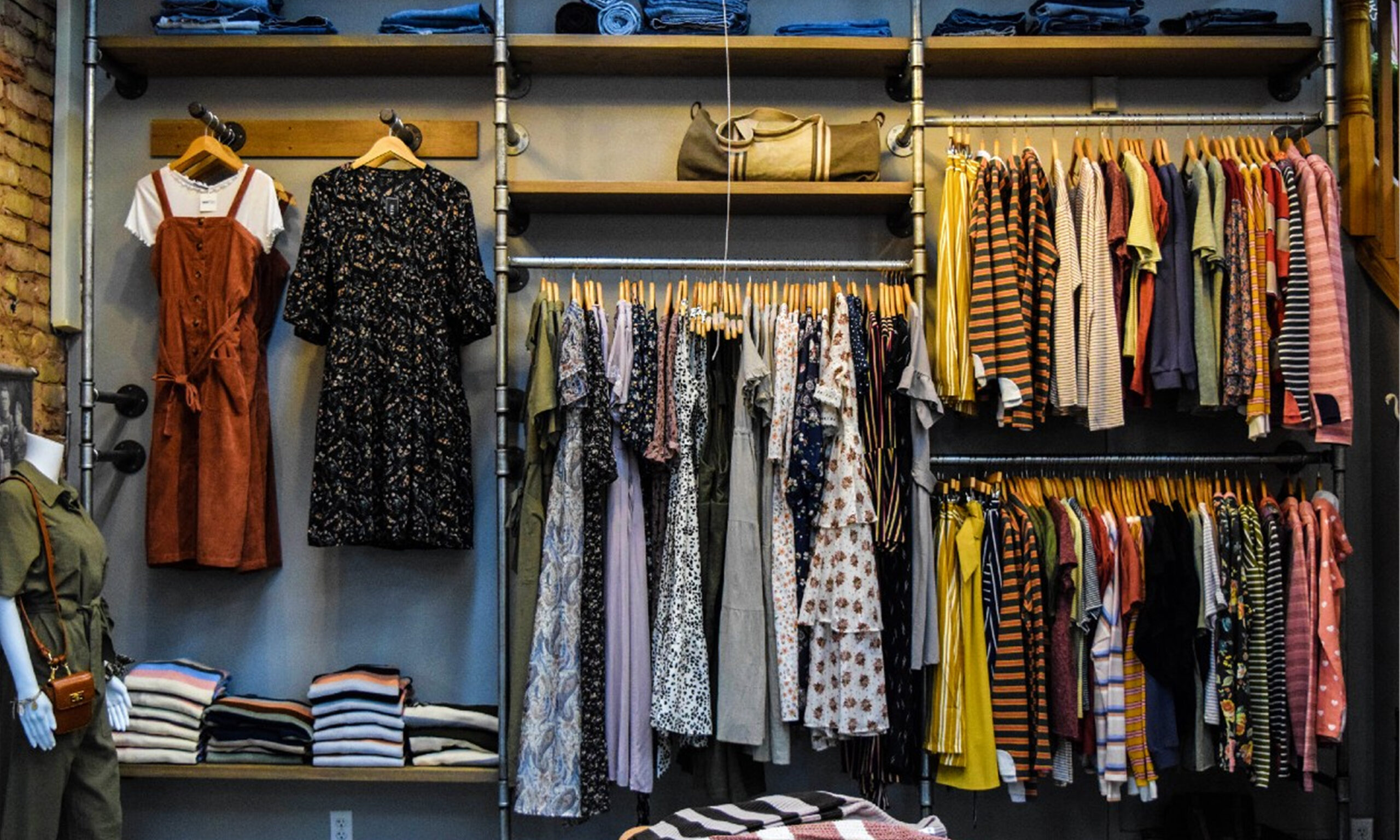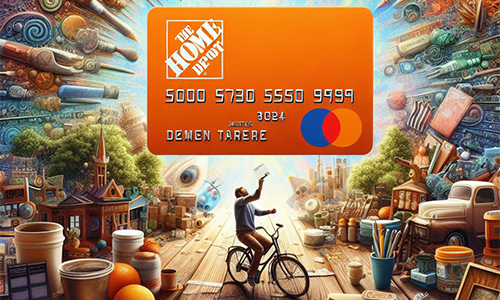Industrial Fashion Style | Fashion in 2024

Industrial fashion style, often called “industrial chic,” is a unique and edgy trend combining elements of urban grit with high-fashion glamour. The raw and unfinished look of industrial spaces, such as warehouses, factories, and lofts, inspires this style. Its use of unconventional materials, muted colors, and edgy silhouettes characterizes it.
History of Industrial Fashion
The industrial fashion style is rooted in the 1970s and 1980s underground music scene, particularly in New York and London. Bands and artists from this era, such as The Velvet Underground and David Bowie, embraced a rebellious and non-conformist attitude reflected in their fashion choices.
This laid the groundwork for what would later become known as industrial fashion. Industrial fashion, also known as industrial chic or steampunk, is a style that draws inspiration from the industrial revolution era. It emerged in the late 20th century and has become a popular subculture and fashion trend.
The Industrial Revolution began in the late 18th century and brought significant manufacturing, transportation, and technological changes. This period marked the transition from handmade goods to machine-made products, leading to the rise of factories and urbanization.
Industrial fashion style is characterized by its blend of vintage and modern elements, often featuring steampunk aesthetics. The science fiction subgenre known as “steampunk” combines industrial steam-powered machinery from the 19th century with futuristic technology and beautiful designs.
Critical elements of industrial fashion include:
Victorian and Edwardian Influence: The fashion of the Victorian and Edwardian eras, with their corsets, long skirts, and tailored suits, heavily influences industrial fashion. These eras are known for their meticulous attention to detail and intricate designs, often reflected industrially.
Mechanical and Steampunk Accessories: Industrial fashion often incorporates accessories inspired by machinery and technology, such as gears, cogs, and goggles. Typically, these items are worn as standout pieces to give an ensemble a dash of industrial flair.
Vintage Fabrics and Textures: Industrial fashion often features vintage fabrics and textures, such as leather, tweed, and denim. These fabrics are chosen for their durability and rustic appeal, adding to the industrial aesthetic.
Neutral Colors: Industrial fashion favors neutral colors such as brown, beige, grey, and black. These colors are reminiscent of the industrial era and help create a cohesive, industrial-inspired look.
Mix of Old and New: Industrial fashion creates a distinctive and diverse look by fusing modern and old components. This mix of old and new makes a sense of nostalgia while also embracing innovation and creativity.
Overall, the Industrial Fashion Style is a versatile and creative style that celebrates the craftsmanship and innovation of the Industrial Revolution era. It continues to evolve and inspire new fashion trends, making it a timeless and enduring style.
Elements of Industrial Fashion
Industrial fashion is characterized by using unconventional materials, such as leather, metal, and distressed fabrics. Colors tend to be muted and earthy, focusing on shades of grey, black, brown, and olive green. Silhouettes are often oversized and boxy, emphasizing layering and texture.
Industrial fashion is characterized by a blend of vintage and modern elements, drawing inspiration from the Industrial Revolution era. Here are some critical aspects of industrial fashion:
Steampunk Aesthetics: Inspired by industrial steam-powered machinery of the 19th century, steampunk is a subgenre of science fiction that incorporates designs and technology. To create a retro-futuristic look, industrial fashion often incorporates steampunk elements, such as gears, cogs, and goggles.
Vintage Fabrics: Vintage leather, denim, and tweed textiles are frequently used industrially. These materials complement the industrial style because of their toughness and longevity.
Neutral Colors: Industrial fashion favors neutral colors such as brown, beige, grey, and black. These colors are reminiscent of the industrial era and help create a cohesive, industrial-inspired look.
Utilitarian Design: Industrial fashion often emphasizes practical design, with an emphasis on functionality and durability. This can be seen using pockets, straps, and other functional elements in clothing and accessories.
Hardware and Details: Industrial fashion often features hardware and details inspired by machinery and technology, such as rivets, buckles, and zippers. These details add an industrial edge to clothing and accessories.
Layering: Industrial fashion often incorporates layering, combining multiple garments to create a visually exciting and textured look. This can include vests, jackets, scarves, and other layering pieces.
Vintage-Inspired Accessories: Accessories play a crucial role industrially, with vintage-inspired pieces such as pocket watches, compasses, and goggles often worn as statement pieces.
Industrial-Inspired Footwear: Footwear in industrial fashion is often rugged and durable, with styles such as combat boots, work boots, and brogues being popular choices.
Influences of Industrial Fashion
Various factors influence industrial fashion, including music, art, and architecture. Musicians and artists who embrace the industrial style often draw inspiration from their surroundings’ gritty, urban landscapes, which is reflected in their fashion choices.
Industrial fashion draws influences from various sources, reflecting a blend of historical, cultural, and artistic elements. Some key influences include:
Victorian and Edwardian Era: The fashion of the Victorian and Edwardian periods, emphasizing elegance, intricate details, and structured silhouettes, heavily influences industrial fashion. Corsets, bustles, high collars, and long skirts are often incorporated into industrial-inspired outfits.
Steampunk Aesthetics: Steampunk, a science fiction and fantasy subgenre, significantly influences industrial fashion. Steampunk combines elements of the Industrial Revolution era with futuristic and fantastical elements, resulting in a unique and imaginative aesthetic.
Steampunk fashion often features leather, brass, gears, and other mechanical components, also prevalent in industrial fashion.
Military and Workwear: Military and workwear’s rugged and practical look influences industrial fashion. Functional elements such as pockets, straps, and buckles are often incorporated into industrial-inspired clothing, reflecting a valuable and helpful approach to fashion.
Vintage Machinery and Technology: Industrial Fashion Style often takes inspiration from vintage machinery and technology, incorporating elements such as gears, cogs, and rivets into clothing and accessories. These mechanical elements add a sense of industrial grit and authenticity to the overall look.
Subculture and Counterculture Movements: Industrial fashion is often associated with subculture and counterculture movements, such as punk and goth. These movements embrace non-conformity and individuality, influencing industrial fashion’s edgy and rebellious aesthetic.
Art and Design Movements: Industrial fashion is also influenced by various art and design movements, such as Art Deco and Bauhaus. These movements emphasize geometric shapes, clean lines, and minimalist designs, often reflected in industrial-inspired clothing and accessories.
Industrial Fashion in Contemporary Culture
In recent years, Industrial Fashion Style has become increasingly popular in mainstream culture, with many fashion designers and brands incorporating industrial elements into their collections. Celebrities and influencers have also embraced the industrial look, cementing its place in fashion.

How to Incorporate Industrial Fashion into Your Wardrobe
Incorporating industrial fashion into your wardrobe is easier than you think. Invest first in statement pieces like clunky boots, distressed denim, and leather jackets. Accessories, such as metal jewelry and studded belts, can also help to add an industrial edge to your look.
Industrial Fashion in Different Seasons
Industrial fashion can be adapted to suit different seasons. Invest first in statement pieces like clunky boots, distressed denim, and leather jackets. Layering is critical in the fall and winter, with oversized sweaters and coats paired with sturdy boots and scarves.
Sustainability in Industrial Fashion
Sustainability is essential in an industrial fashion, with many designers and brands embracing ethical practices and upcycling old materials. Choosing sustainable fashion allows you to enjoy the industrial look without compromising your values.
Industrial Fashion Icons
Many individuals and brands have become synonymous with industrial fashion. Icons such as Alexander McQueen, Rick Owens, and Vivienne Westwood are known for their edgy and unconventional designs, which have helped to shape the industrial fashion landscape.
In conclusion, industrial fashion is a unique and edgy style combining urban grit and high-fashion glamour. You can confidently rock the industrial look by incorporating key elements into your wardrobe and embracing sustainable practices.
FAQs of Industrial Fashion Style
- What are some key pieces to invest in for an industrial fashion wardrobe?
- How can I incorporate industrial elements into my everyday look?
- Are there any sustainable fashion brands that specialize in industrial-style clothing?
- What are some tips for accessorizing an industrial fashion outfit?
- Can industrial fashion be adapted for formal occasions?



